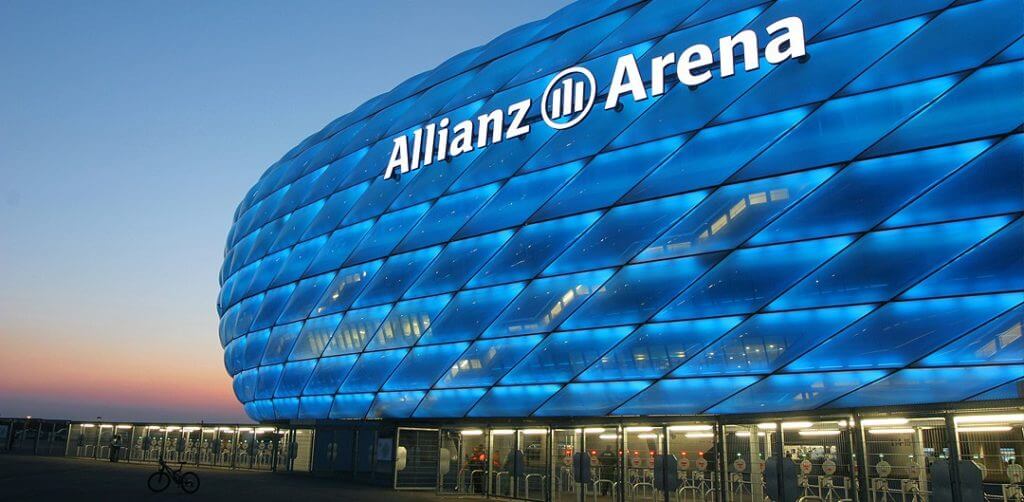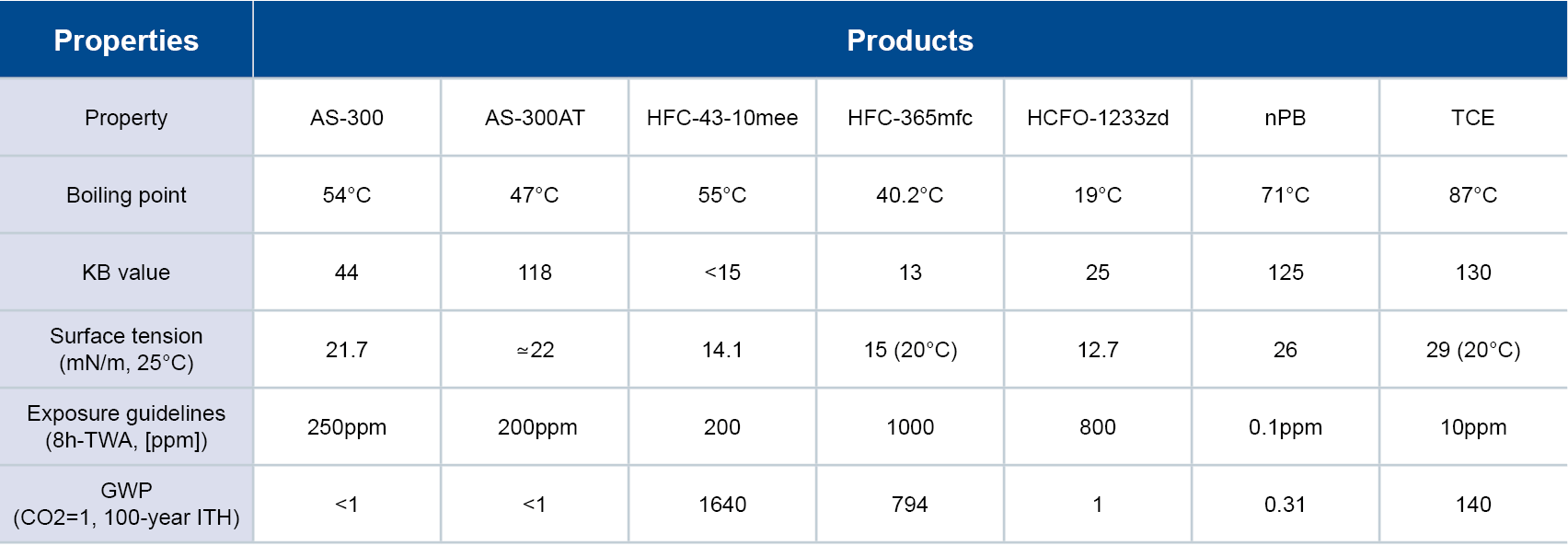Reading Time: 2 minutes
Architects recognize that ETFE film is a high-performance building material for membrane structures, facades and roofs. This material makes it possible to create moveable, semi-transparent shell structures that are dramatic, colorful and brilliantly illuminated from within. That’s why it’s been used in some of the world’s most creative architectural designs.
Moreover, ETFE offers environmental advantages. Using film instead of glass can help builders achieve LEED certification because it is more energy efficient and provides superior light transmission.
More Efficient than Glass
LEED, or Leadership in Energy and Environmental Design from the U.S. Green Building Council, rates buildings on environmental criteria. These measures include energy savings, emissions reduction, water efficiency and indoor environmental quality. ETFE film is safer and lighter in weight than glass, so it requires less structural support. This means buildings using ETFE use fewer heavy materials like steel.
Builders can potentially reduce energy costs up to 30% compared to glass because ETFE allows:
- Light transmission higher than 90%
- High heat retention
- More natural light than glass
Interior Climate Control
Architects can use different types of film if they need to regulate the amount of light entering a building. Therefore, ETFE film improves interior climate control and associated costs, because of it:
- Maximizes natural daylight and allows for full-spectrum transmission
- Reduces costs for heating and electric lighting
- Can reflect heat with Frit print options, reducing the load on air conditioning systems
For example, the Khan Shatyr Entertainment Center, located in Astana, Kazakhstan, uses an ETFE roof to keep its interior park, retail shops, restaurants, theatres, exhibition space and water park comfortable. This is important because the exterior temperatures can dip as low as -31 °F in the winter and climb to 95 °F in the summer.
The ETFE and cable roof let daylight in and protects from the extreme outdoor temperatures. When it is cold outside, warm air is blown up the inner surface to prevent icing. When the outdoor temperature rises, internal heat exits through the top of the tent-shaped structure.
Check out this flipbook to read about other environmental and aesthetic benefits of ETFE film in iconic structures around the world.
 English
English 
